I've been meaning to write a post about Against Me! since the summer of 2015. That July, I took my daughter to see them in Grand Rapids, Michigan (you can see a photo of me with Laura Jane Grace after the show here). I knew next to nothing about the band at the time, but was blown away by what I saw and heard. I became an instant fan. Two of their albums went into heavy rotation on my walk-to-work soundtrack.
I never found the time to write the original post. I wanted to write about the binary oppositions/tensions/categories (life/death, male/female, etc.) I heard embedded in the lyrics, the influences I detected in the music, and the extraordinary energy I felt in that room in Grand Rapids. In case you don't know, Laura Jane Grace was born Thomas James Gabel, coming out publicly as a transgender woman in 2012 (you can get an outline of the band's history here). Listen to 2014's Transgender Dysphoria Blues with that history and context in mind, comparing it what you hear on 2010's White Crosses. If you just want to dip your toe in the water, listen to "White Crosses" and "Bamboo Bones" from 2010 and then "Transgender Dysphoria Blues" and "Black Me Out" from 2014. Compare "Because of the Shame" (2010) with "Dead Friend" (2014).
There is something amazing, unmistakable, and unfakable about artistic honesty. I've been listening to music, playing music, and going to concerts for much of my life. Against Me! is the real deal. Period.
As a person who grew up on hard rock and heavy metal, this sense of community was new to me. The crowds at the big concerts I went to as a kid (AC/DC, Metallica, Guns & Roses, blah blah blah) skewed hostile. To me, it seemed like most of the people there were angry and hoping to take it out on each other. You passed time before the show watching people get hauled out by security. I tried not to look anyone in the eye. I'm pretty sure the guy behind me at an AC/DC concert flicked his cigarette ashes on my hair -- I wouldn't know, because I didn't turn around for fear of getting punched in the face.
Being in that crowd at the Throne also helped me understand why there's so much bad punk music: because it doesn't matter. As long as there's a beat, the crowd takes care of itself. It does its own thing, even if there's no melody, even if there's not a catchy hook, even if the lyrics are a bunch of shouted garbage. This has always been a mystery me. I've watched a lot of documentaries about punk music, and I never "got" the appeal until I was in a crowd myself. That's anthropology for you. (See that? Participant observation -- get in there and experience it to learn about it -- this post actually is about anthropology.)
If you liked rock music in the 90's but have checked out, I urge you to check back in for a few minutes and give this band a try. Against Me! is bigger than the sum of its parts. The energy is there, but so is the music, so is the honesty, so is the bravery. It's not a sob story or a pity party. It's a force for good. It's gender, it's anger, it's tenderness, it's human, and it kicks ass. Rock and roll isn't dead.
Here are some videos I took of some of my favorite songs. The camera moves not because I'm unsteady, but because the whole crowd is in motion. Enjoy!

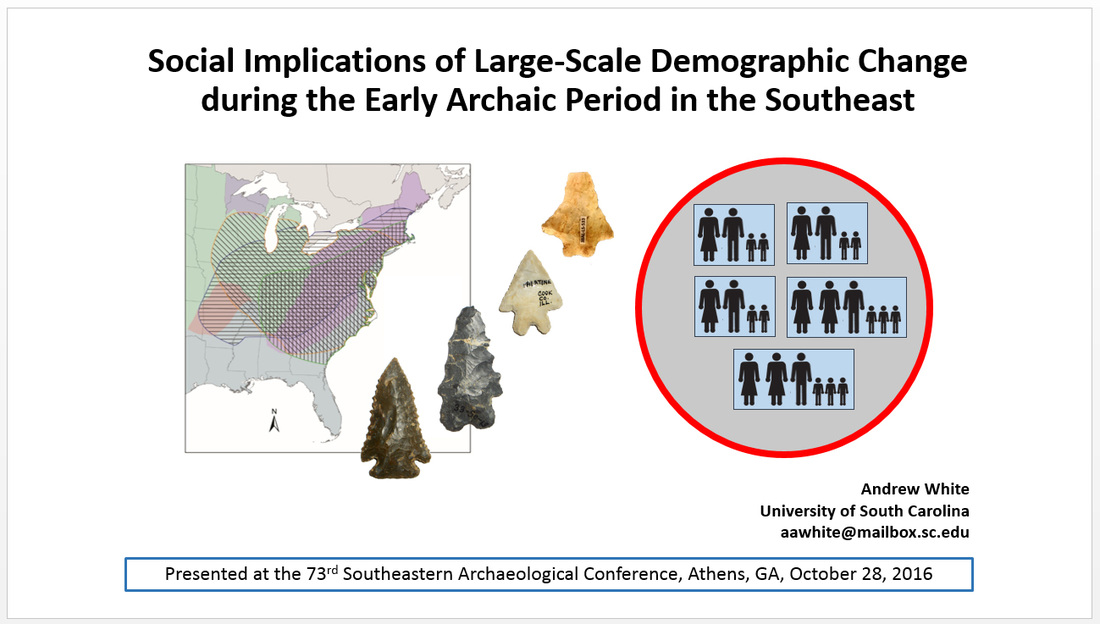

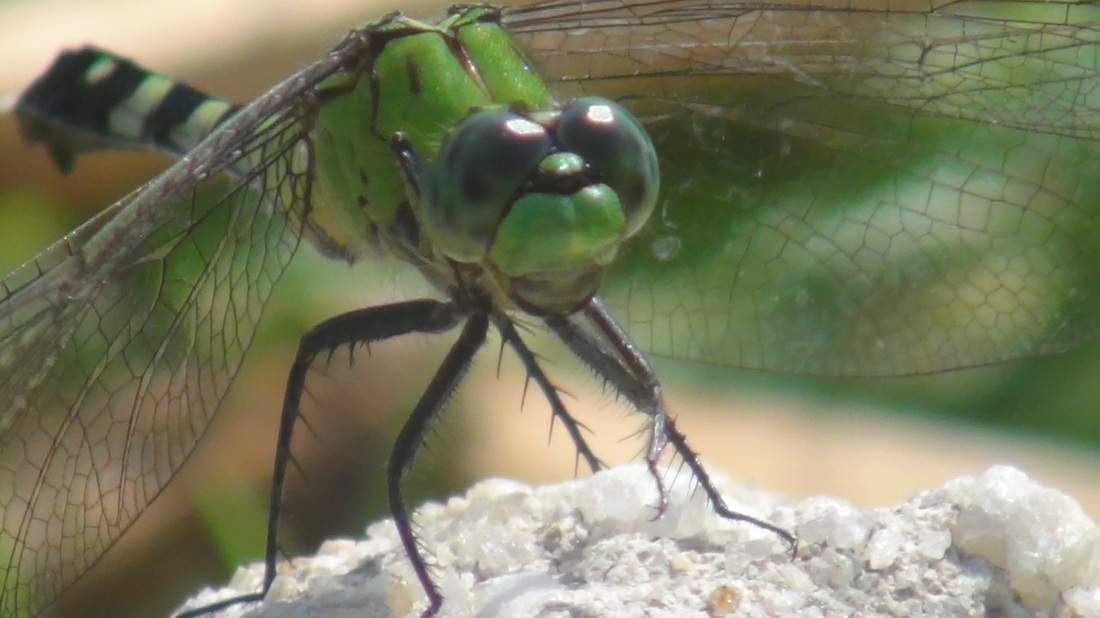
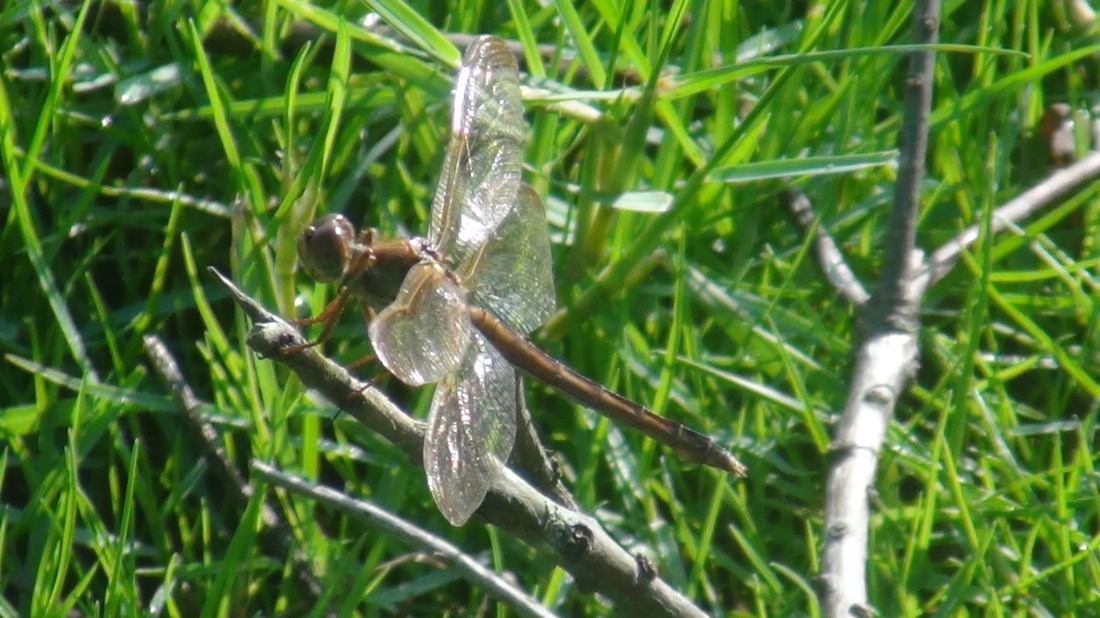
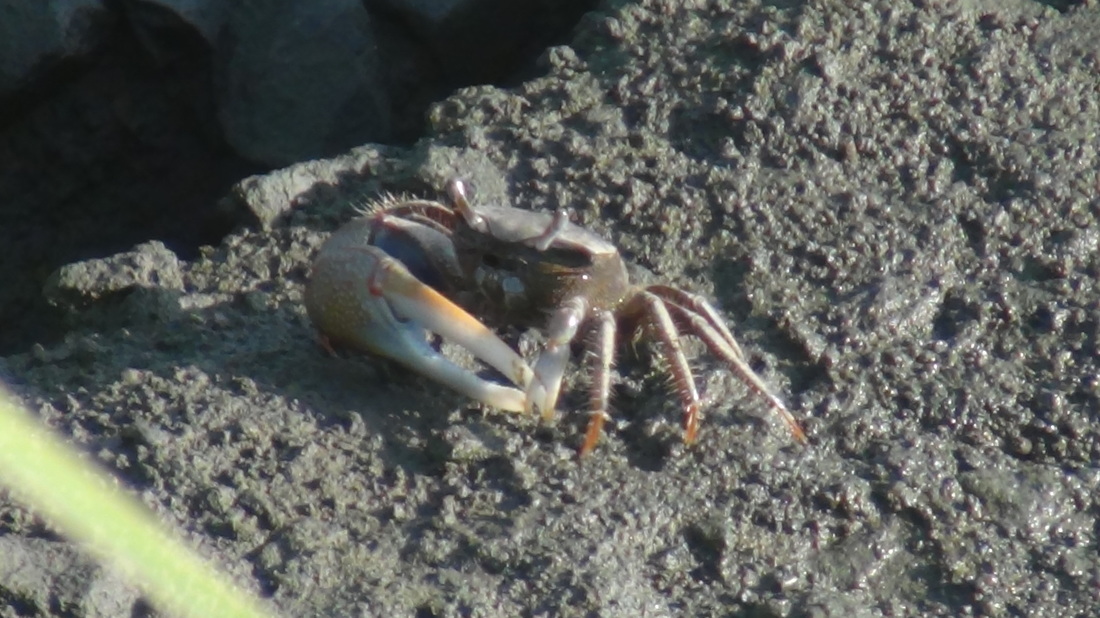

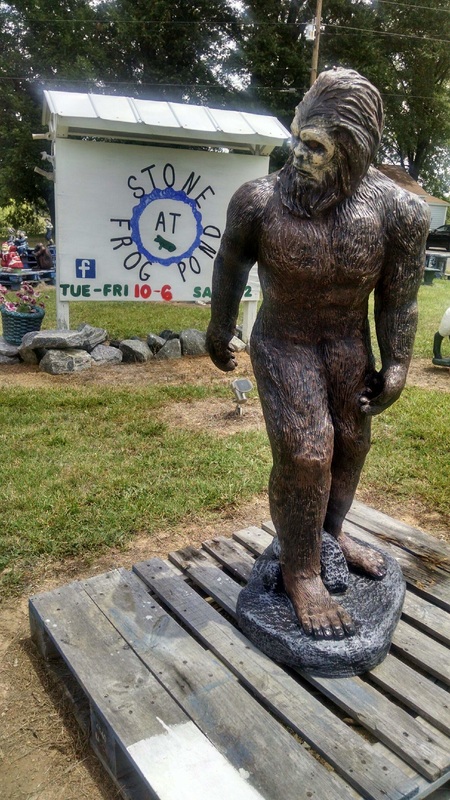
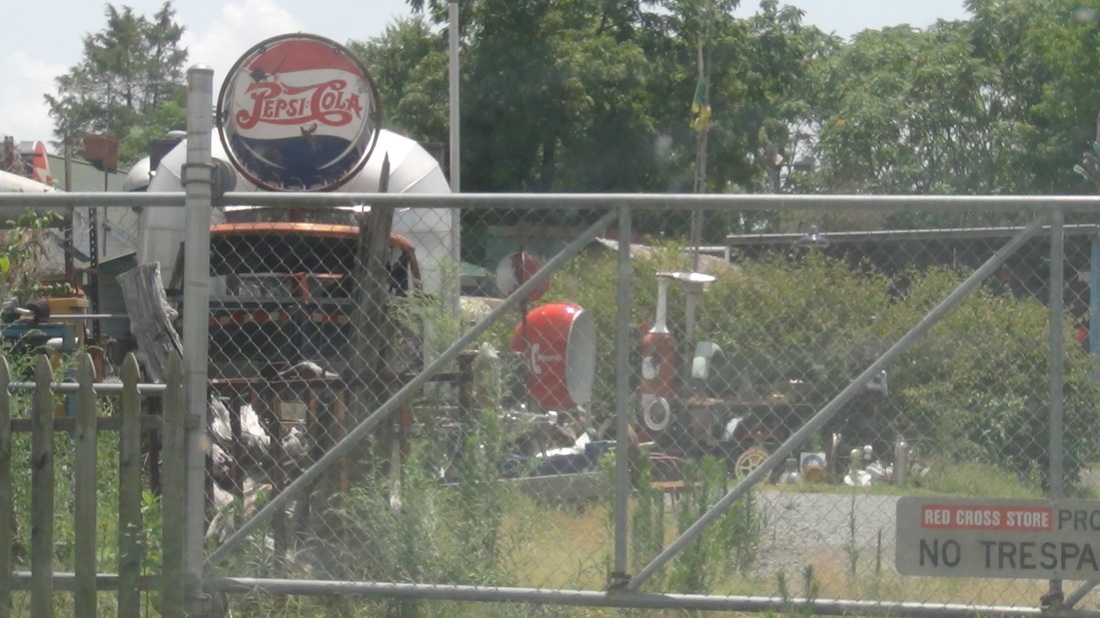


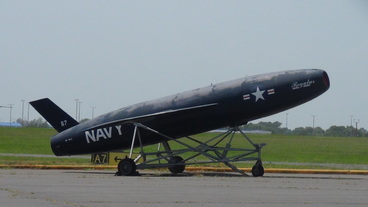
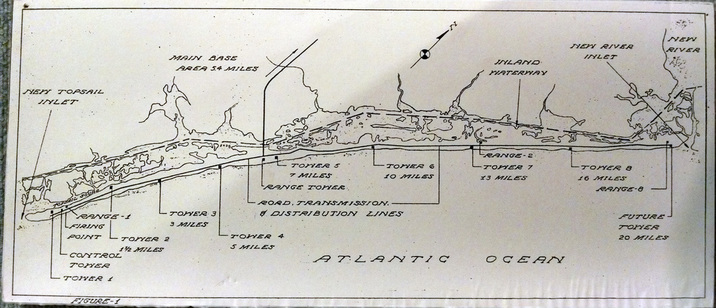
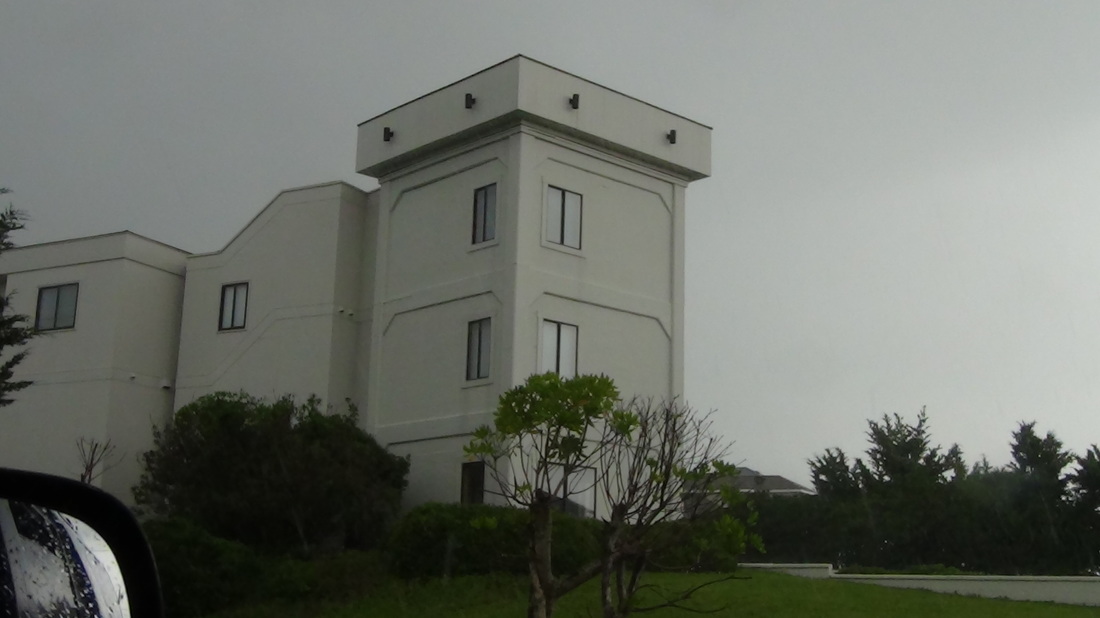
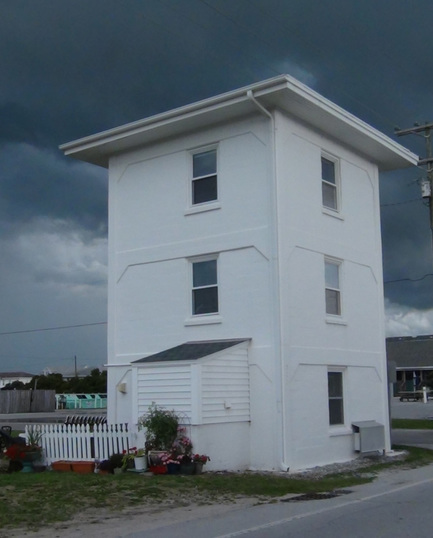
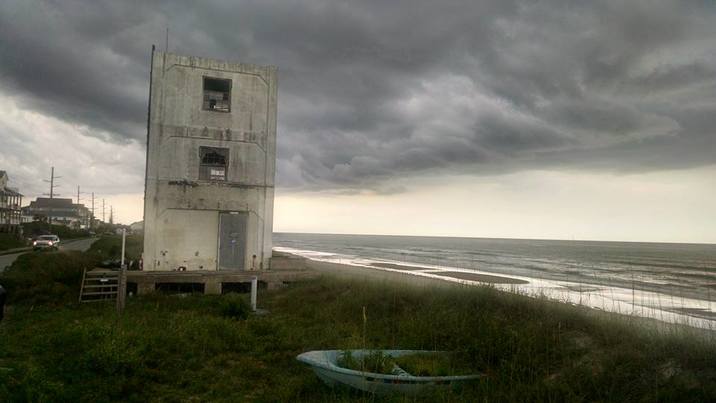
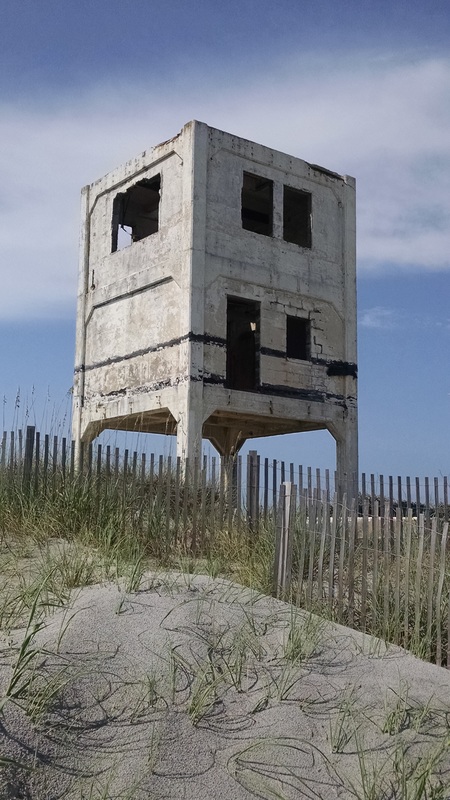
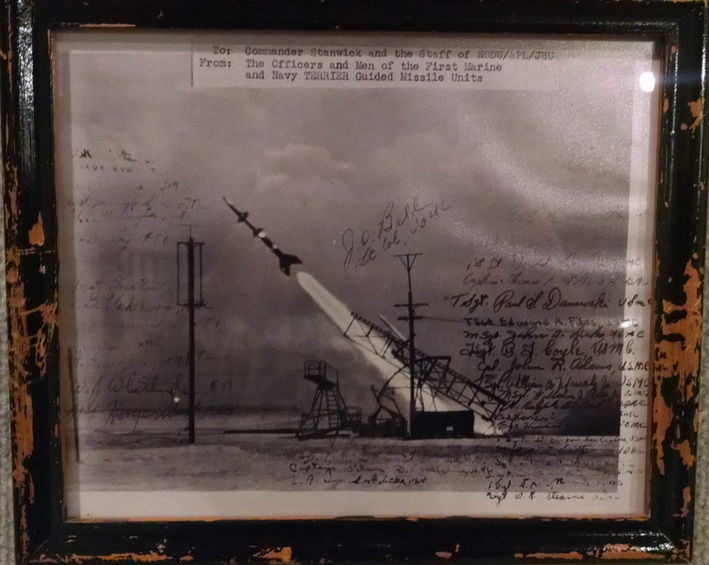
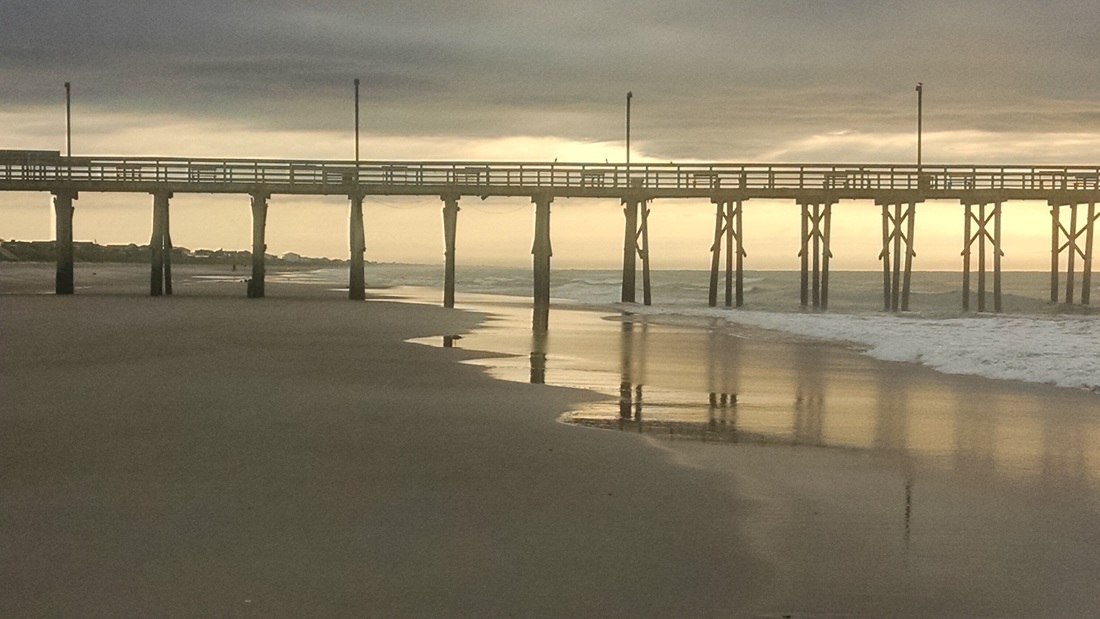
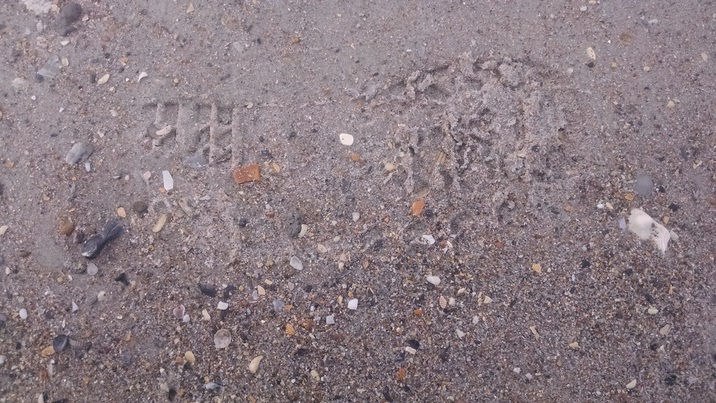
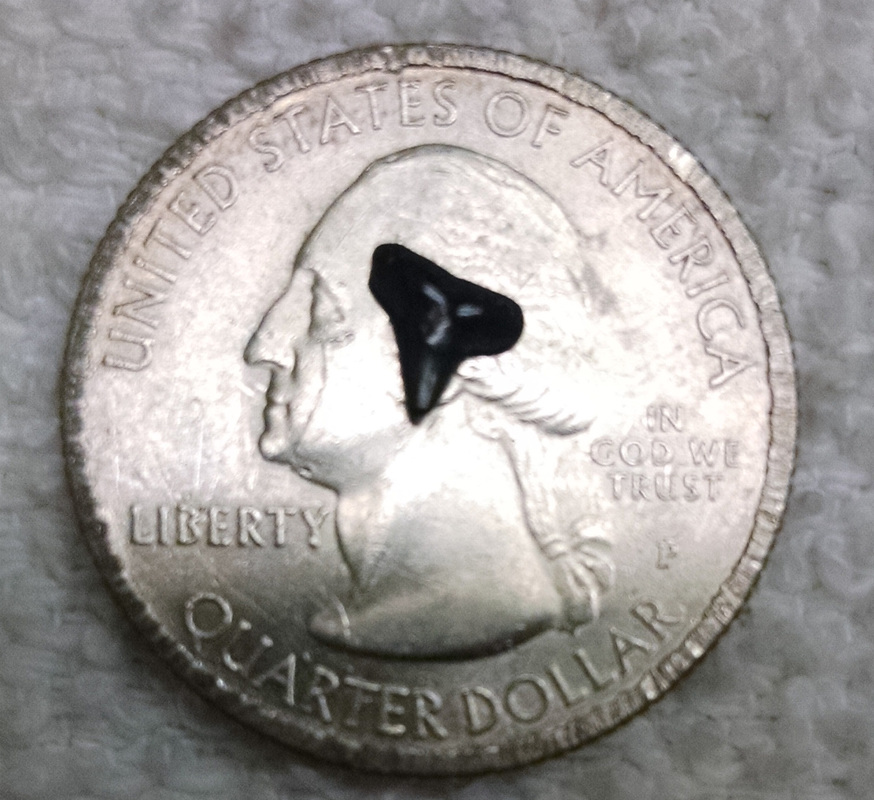
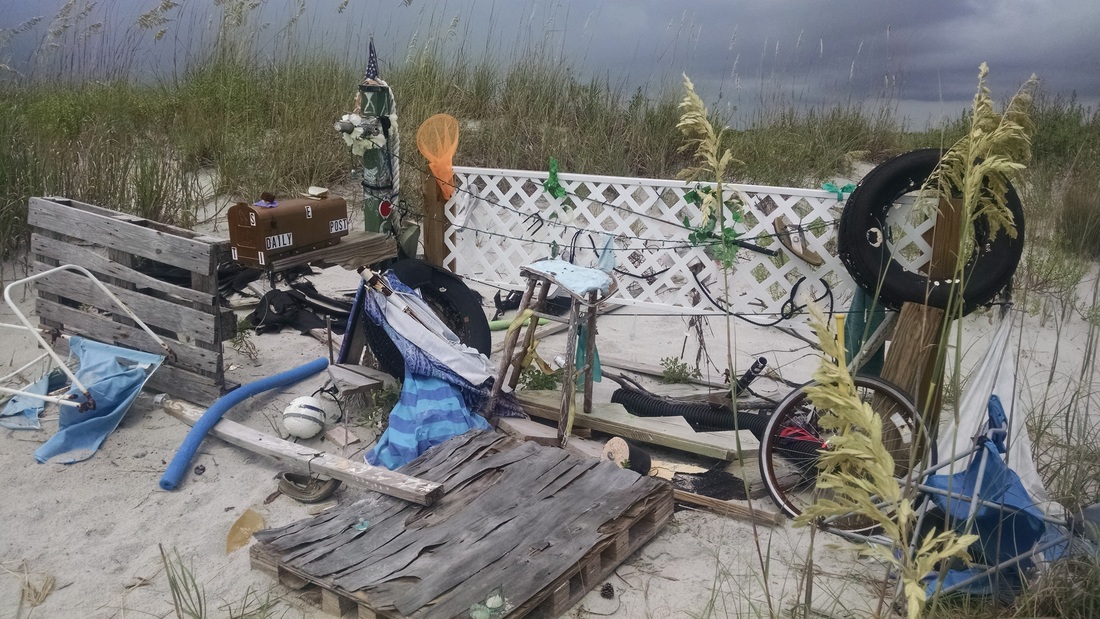
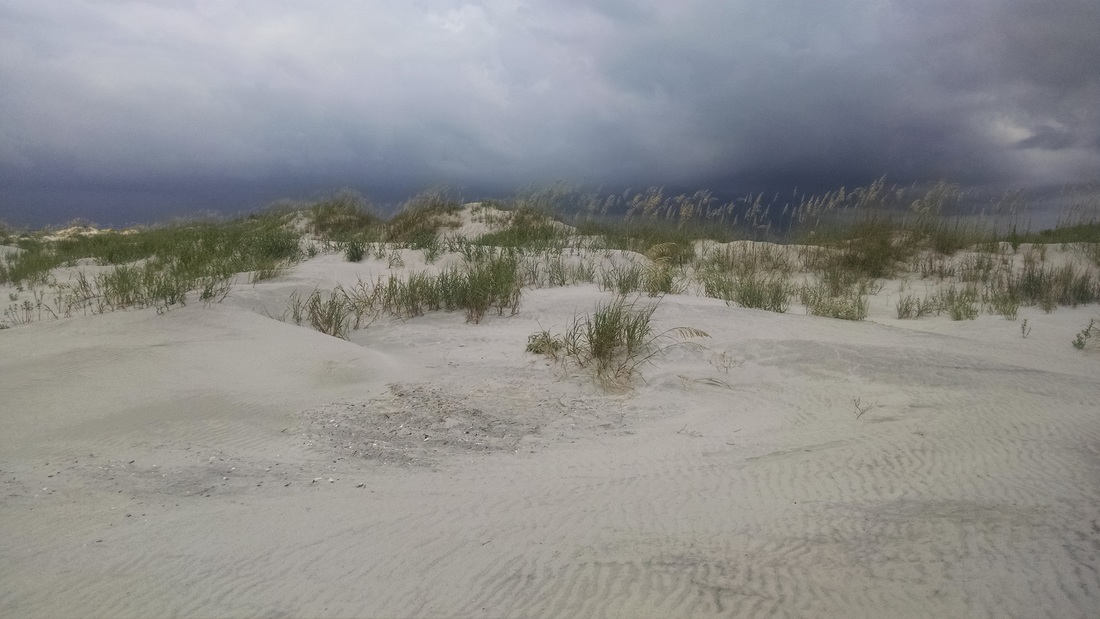
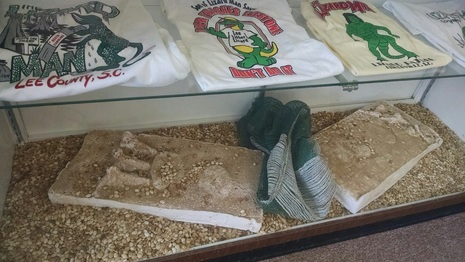
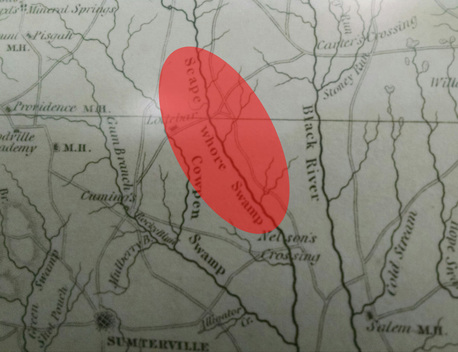

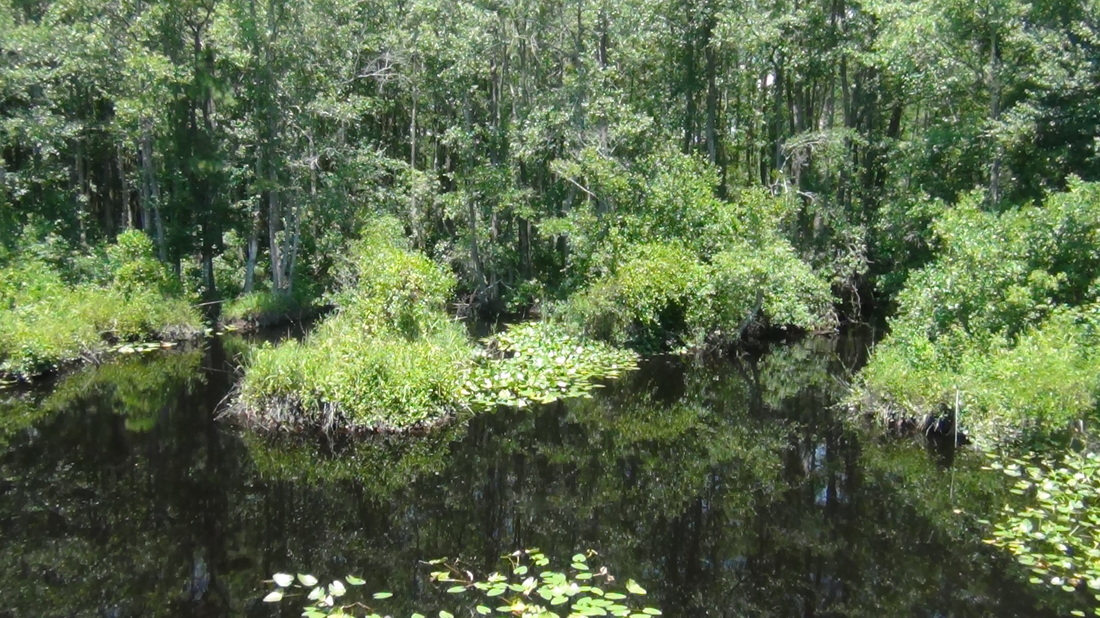
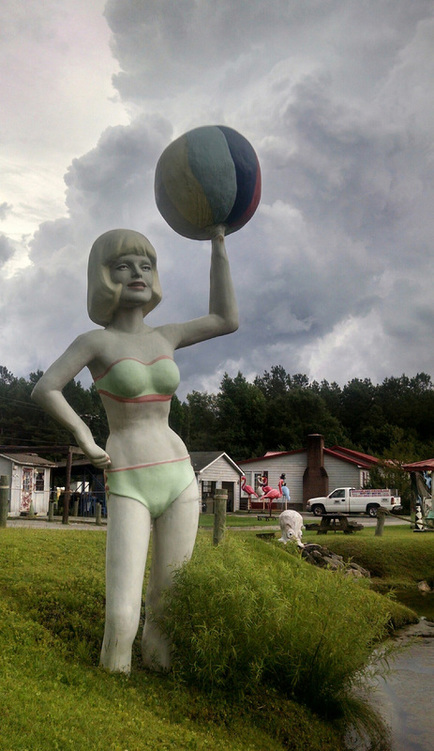
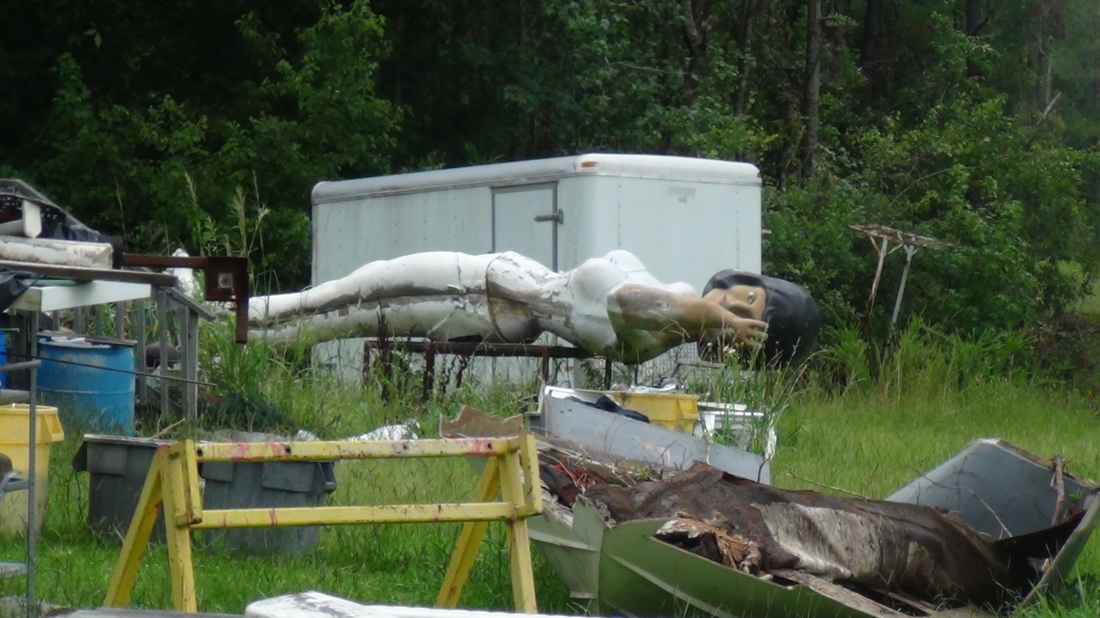
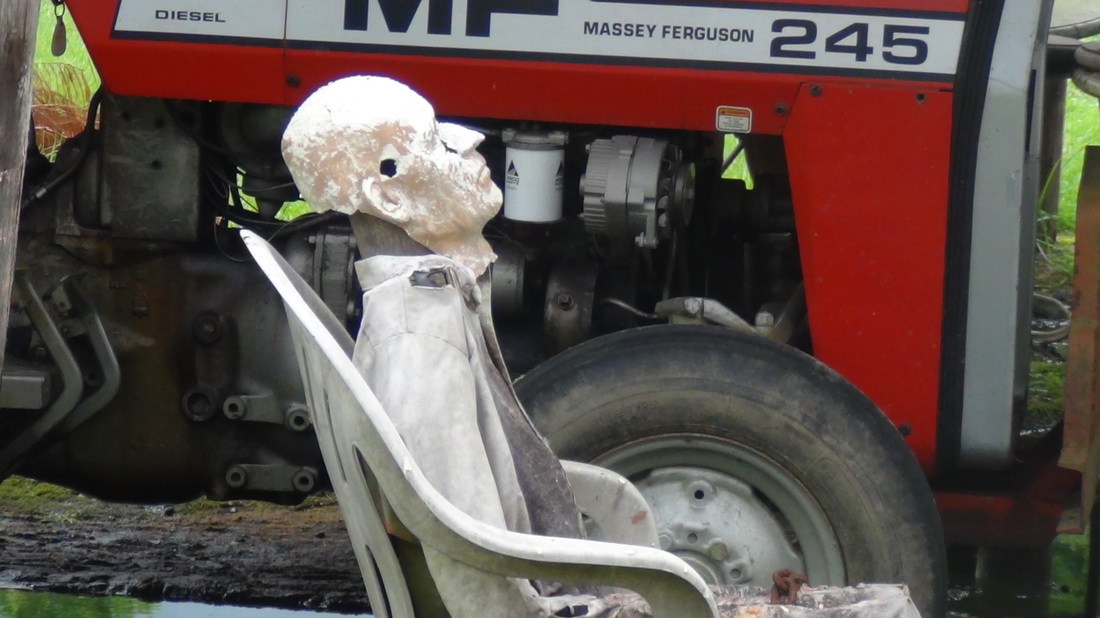
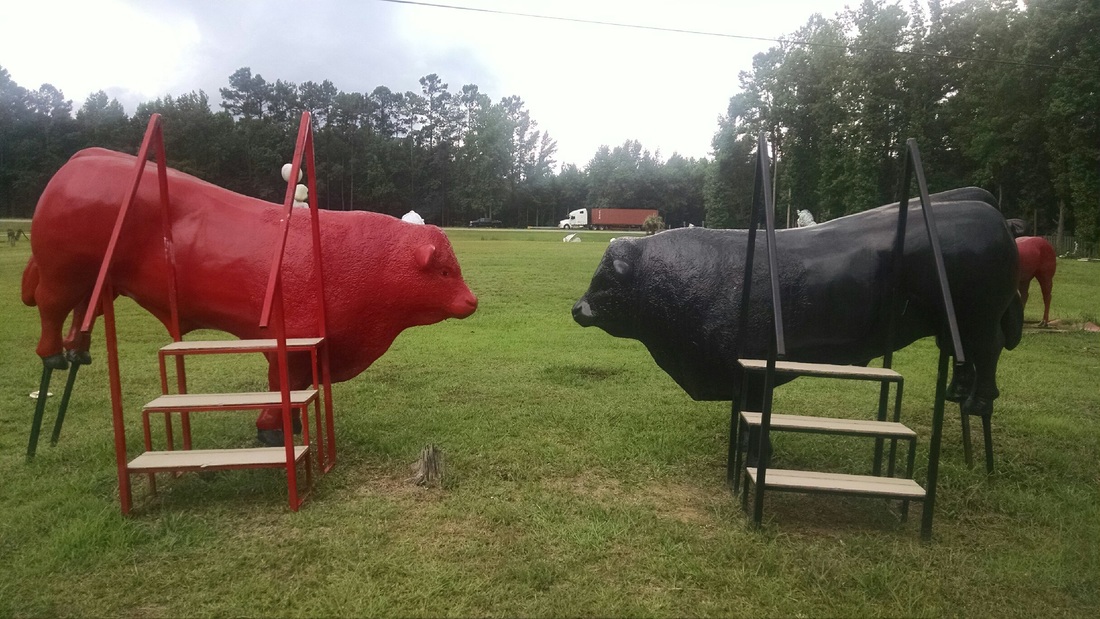


 RSS Feed
RSS Feed
